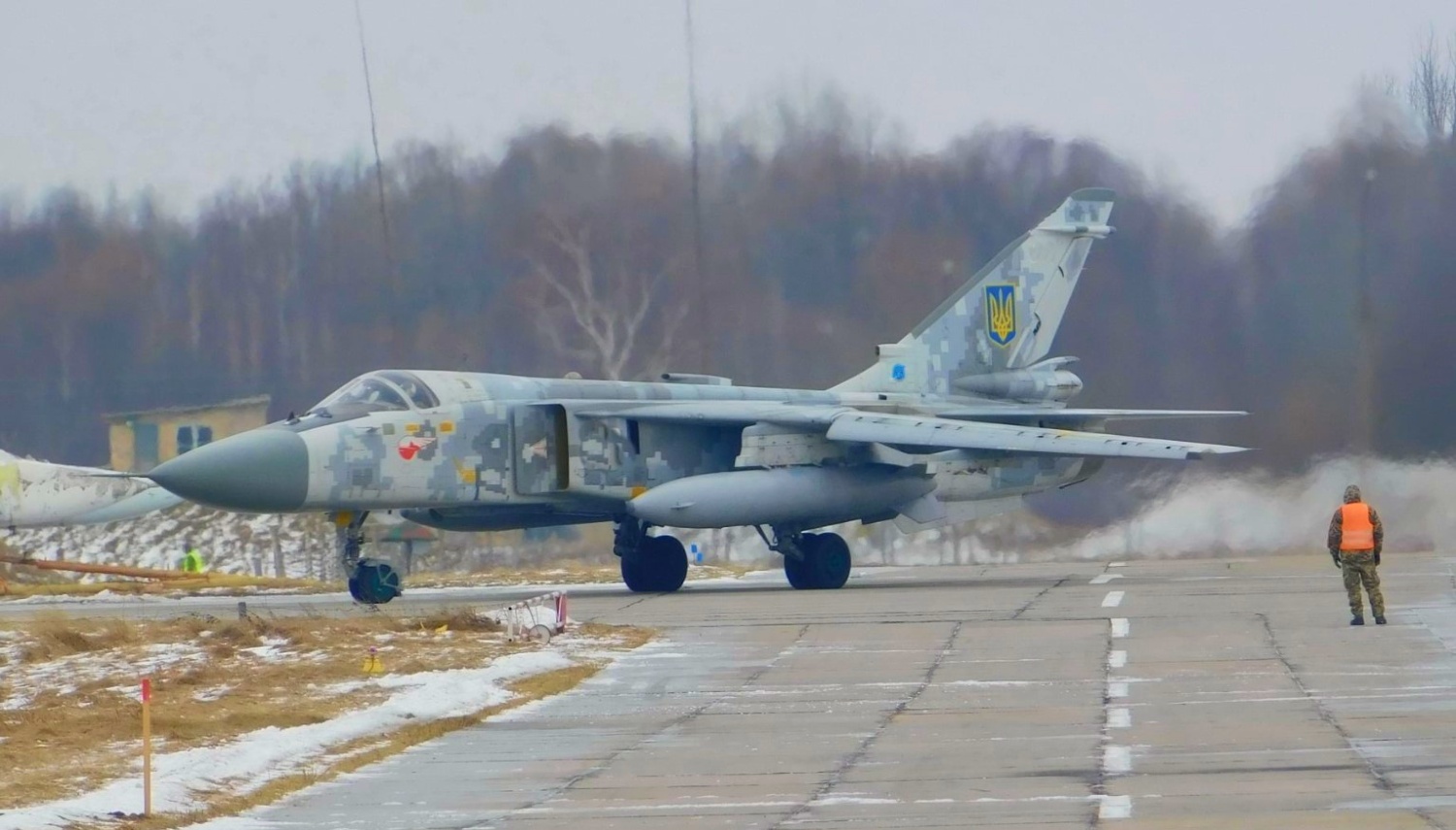Washington is effectively blocking Britain’s request for Kyiv to employ Storm Shadow missiles against targets within Russian territory, according to recent reports. This move comes amidst the Biden administration’s apprehensions about escalating the conflict in Ukraine.
Despite repeated appeals from Ukraine, the United States has imposed restrictions on the use of long-range weaponry such as ATACMS and Storm Shadow missiles.
These restrictions appear to have the primary aim of preventing deep strikes inside Russia, a strategy intended to avoid further escalation. The Ukrainian Army recently undertook a major incursion into Russia’s Kursk Oblast. This operation, which began over a week ago, has resulted in Ukrainian forces taking control of substantial portions of two districts within the region.
According to The Times, the UK government had approached the US more than a month ago with a request to lift the restrictions on Ukraine’s long-range weapons.
However, the request has yet to receive a response, effectively stalled within the US decision-making process. A source in the UK government described this delay as an issue “stuck in their system.”
Another source confirmed that discussions regarding the Storm Shadow missiles are still ongoing with allied nations, while a third defense source characterized the situation as part of a “routine US process.”
British officials suspect that the US is waiting to evaluate the impact of Ukraine’s actions in Kursk Oblast before making a final decision on the matter.
An unnamed representative from the Defense Committee of Ukraine’s Verkhovna Rada indicated to The Times that the restrictions imposed by Western allies had compelled Ukraine to conduct operations on Russian soil.
President Volodymyr Zelenskyy has repeatedly sought permission to use American ATACMS and British Storm Shadow missiles for strikes deep within Russia but has been consistently denied.
The Storm Shadow missiles, with a range of up to 250 kilometers, are capable of targeting military installations deep within Russia that are vital to Moscow’s military efforts in Ukraine.
Sabrina Singh, Deputy Spokesperson for the Pentagon, acknowledged during a recent briefing that the US is concerned about the potential for escalation should Ukraine deploy long-range weaponry.
Singh also suggested that such weaponry might not be necessary for Ukraine to achieve its objectives of liberating its territory.

US Faces Dilemma Over Ukraine’s Unexpected Incursion Into Russia
Washington is grappling with the ramifications of Ukraine’s audacious assault into Russia’s Kursk region as the full extent of President Volodymyr Zelenskyy’s bold strategy becomes clearer.
US officials are carefully analyzing how this sudden incursion could alter the political and military landscape of the conflict and its implications for Washington’s evolving policies on the use of American-supplied arms.
The unexpected raid, which took both Russian and Western leaders by surprise, underscores a critical challenge for the Western-backed defense of Ukraine.
President Joe Biden has aimed to support Kyiv in its resistance against Russia’s invasion while avoiding any actions that might lead to direct American escalation with Moscow.
Given President Vladimir Putin’s efforts to frame the conflict as a struggle between Russia and the West, the Biden administration has been cautious in its policy, striving to limit US involvement to prevent further escalation and support Ukraine without amplifying the conflict.
The US has reportedly opted against permitting the deployment of ATACMS (Army Tactical Missile System) missiles for attacks in Kursk. However, the stated reason is concerns over the restricted availability of these long-range weapons.
Despite the inherent risks and uncertainties, Washington unexpectedly admires Zelenskyy’s bold move. Recent comments from US officials reflect a cautious but notable acknowledgment of the operation.
The administration has maintained that it was not given prior notice of the assault and has reiterated that Washington had “nothing to do” with it.
Regarding the use of US weaponry, neither the White House, Pentagon, nor the State Department has officially confirmed their involvement in the offensive.
The Institute for the Study of War also noted, “Ukrainian forces are reportedly using Western-provided equipment in Kursk Oblast but remain limited in their ability to strike Russian military targets within Russia with Western-provided weapons.”
However, it is widely recognized that Ukraine relies heavily on American and NATO weapons systems. In fact, several reports have highlighted the crucial role of US-supplied HIMARS rocket launchers in the operation.
Nonetheless, it remains uncertain when the US will approve Ukraine’s use of British weapons to strike Russian territory. The US has already modified its self-imposed restrictions on military aid to Ukraine, as seen with the provision of F-16 fighter jets, ATACMS, and Abrams tanks.
This pattern of gradually expanding support suggests that similar exceptions might eventually be considered for British armaments to target Russian territory.
- Contact the author at ashishmichel(at)gmail.com
- Follow EurAsian Times on Google News




